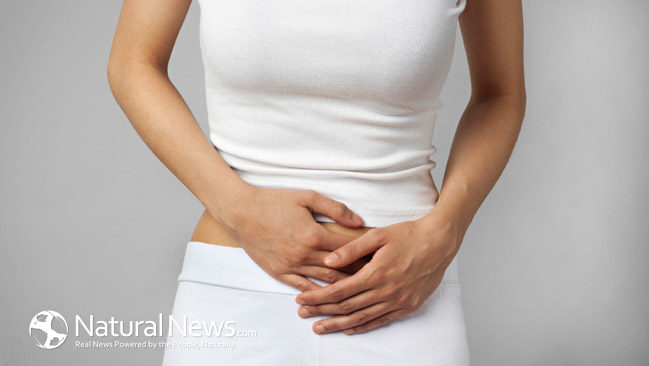When a woman begins her journey towards menopause, she has entered a transitional period in which her body is making a shift from being fertile, to a state of infertility. The onset of natural menopause usually begins anywhere from the late 40s to early 50s and can take between 2-8 years to complete. During this time, the body is undergoing significant physical changes. One of the risks or complications that can arise at this time is a condition known as overactive bladder (OAB).
Menopause and OAB
During menopause, the ovaries stop releasing eggs and menstrual periods become irregular, eventually stopping altogether. After 12 consecutive months with no menstrual period, menopause has completed. Because production of the hormone estrogen has decreased rapidly, other changes can occur in the body. Estrogen helps the body to maintain elasticity in the tissues. When there is a lack of this hormone, atrophy can occur within the muscles of the pelvic floor and urinary tract region. This can cause an overall weakening that interferes with normal urinary functions.
Symptoms of Overactive Bladder (OAB)
Some signs that you may be developing OAB are frequent needs to urinate through the day and night with an increase in the urgency. You may get sudden urges to urinate with little advanced warning. You may also have difficult making it to the bathroom in time and experience some leakage.
Stress Incontinence, Menopause and Past Pregnancies
When women develop stress incontinence during menopause, those who have experienced pregnancy and child birth have a higher likelihood than those who have not. The reproduction process can cause a weakening of the vagina and the muscles of the pelvic floor. The ligaments that help to keep the bladder in place can also be weakened, causing the bladder to move out of it’s normal place. When this occurs, it is more difficult for the bladder do to its job properly. As a result of this, many women experience urine leakages when coughing, sneezing, or laughing heartily.
Treatment for OAB and Stress Incontinence
The most commonly used treatment to correct this condition is a bladder training program. Your physician can recommend the best ways to go about doing this. It will involve changing the way you eat and consume fluids. It combines this with holding the urine until a specific time before voiding. This can help to strengthen weakened muscles. In addition to this, Kegel exercises have been effective for some women. If none of these correct the problem, your doctor may recommend a surgical procedure.
Hormone Replacement to Correct OAB
Since a decrease in the production of estrogen is a major contributor to OAB, supplements that help to restore estrogen in the system are effective in over half of the women using this treatment method. HRT is not widely recommended because of the associated health risks. Estrogen in the form of a topical cream has been shown to be effective in helping to correct OAB in menopausal women. Most women who have used this method of treatment have shown little or no side effects as a result. The major drawback to this treatment is that it can take up to 3 months before any improvement in symptoms is noticed. When discontinued altogether, symptoms generally reoccur within a few weeks.
When to See your Physician
If you have changes in the frequency and urgency of regular urinary habits, such as frequent leakage, more urgency and getting up during the night to urinate, you may want to check in with your health care provider. Many women avoid telling their doctors about this problem because they feel embarrassed. But the truth of the matter is that it is a common condition that affects many menopausal women. There is no good reason to suffer with OAB when help is available.
Conclusion
Menopause can bring about OAB in women, causing incontinence of the bladder. Declines in hormone levels that help to keep tissue supple and healthy are in rapid decline. Weakening muscles of the pelvic floor and ligaments that support the bladder can bring about leakage of urine when simply coughing, sneezing or laughing. Women who experience this condition should contact their physicians to discuss all of the available options to effectively treat and correct OAB.





